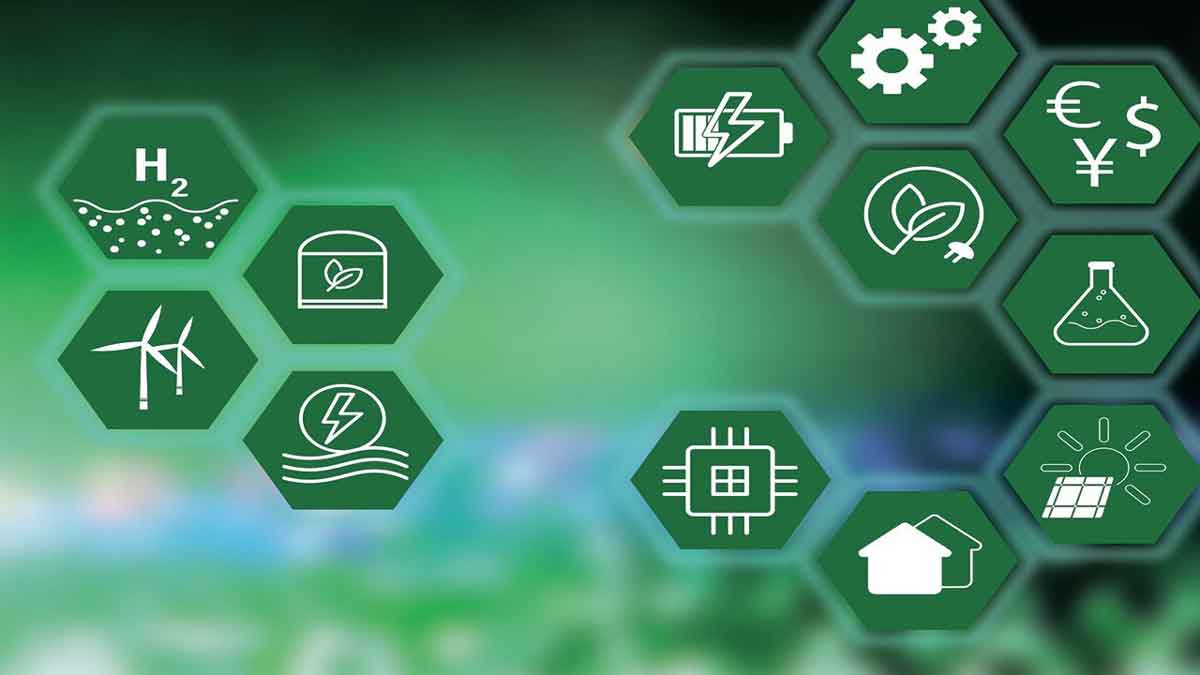Integration of Higher-Level Energy Management Software with (BESS) Battery Energy Storage Systems in the Commercial and Industrial Sectors.
The commercial and industrial battery energy storage market is young with many projects at the demonstration stage. Demand is rising due to renewable energy adoption and the need for reliable energy grids. As the technology matures and becomes cheaper, the market is expected to grow.

The New Brunswick Pension Centre and the Town of Shediac’s Multipurpose Centre were chosen as demonstration sites for integrating renewable energy into the energy mix through the Atlantic Smart Grid program.
TROES was selected as the exclusive vendor to install commercial-sized battery energy storage systems (BESS) at both locations, with a 528kWh/100kW system and a 124kWh/30kW system. The energy and power capacity of the BESS were carefully selected based on the load of the buildings and the size of the solar installations for optimal payback. TROES’ modular drawer design allowed for the right sizing of systems.
TROES’ energy storage system includes a system-level controller that acts as the “brain” of the system, managing and controlling various components such as batteries, power conversion systems, HVAC, fire suppression systems, and sensors.
The controller monitors battery voltage, temperature, and state of charge, using this information to regulate power conversion, cooling/heating systems, and fire suppression as needed. Centralizing control simplifies operation and reduces the risk of equipment failure, improving system reliability and lifespan.
TROES system-level Brain integrates with Atlantic Smart Grid through an external higher-level energy management software (EMS), providing system-level energy stability.
The integration of higher-level energy management software (EMS) with Battery Energy Storage Systems (BESS) is essential to optimize the performance and maximize the benefits of commercial and industrial energy storage projects.
At the heart of the Smart Grid Atlantic project is an Energy System Platform (ESP) developed and deployed by Siemens. It is also known as grid level Energy Management system (EMS). The ESP is a cloud-based platform equipped with the latest technologies to help utilities converge and manage all the distributed resources across its system.
Smart energy communities connected to the ESP are an integral part of the energy system, as the platform can connect to a wide array of energy resources. This includes solar photovoltaic (PV) and other generators, battery storage, commercial and industrial loads, smart water heaters, electric vehicle chargers, and even entire microgrids.
TROES’ battery energy storage systems are part of those energy resources connected to this ESP. The ESP aims to not only optimize the overall system in real-time but also open the energy market to everyone.
By connecting BESS to this ESP solution, the system-level controller can receive real-time data from the energy management platform, which can be used to optimize the performance of the energy storage system.
For example, the system-level controller can use the data from the ESP to control the power conversion system and regulate the cooling and heating systems based on the current energy demand and battery conditions. This can help to improve the overall efficiency of the energy storage system and reduce energy waste.
How TROES’ BESS “Brain” communicates with Siemens EPS.
TROES’ battery energy storage system (BESS) communicates with Siemens’ Energy System Platform (ESP) using a standardized communication protocol, in our case Modbus. This allows the BESS to provide data to the ESP on its energy generation and consumption, battery state of charge, and other relevant parameters.
The ESP can use this data to optimize the overall energy system, by dispatching energy from the BESS when it is most needed and charging the BESS when energy is abundant and cheap. The ESP can also use this data to provide real-time monitoring and control of the BESS, enabling utilities and other stakeholders to ensure that the BESS is operating optimally and to make any necessary adjustments to improve performance.
By integrating the BESS with the ESP, TROES is helping to support the development of a smarter and more flexible energy system, where energy storage systems play a critical role in balancing the supply and demand of energy.
